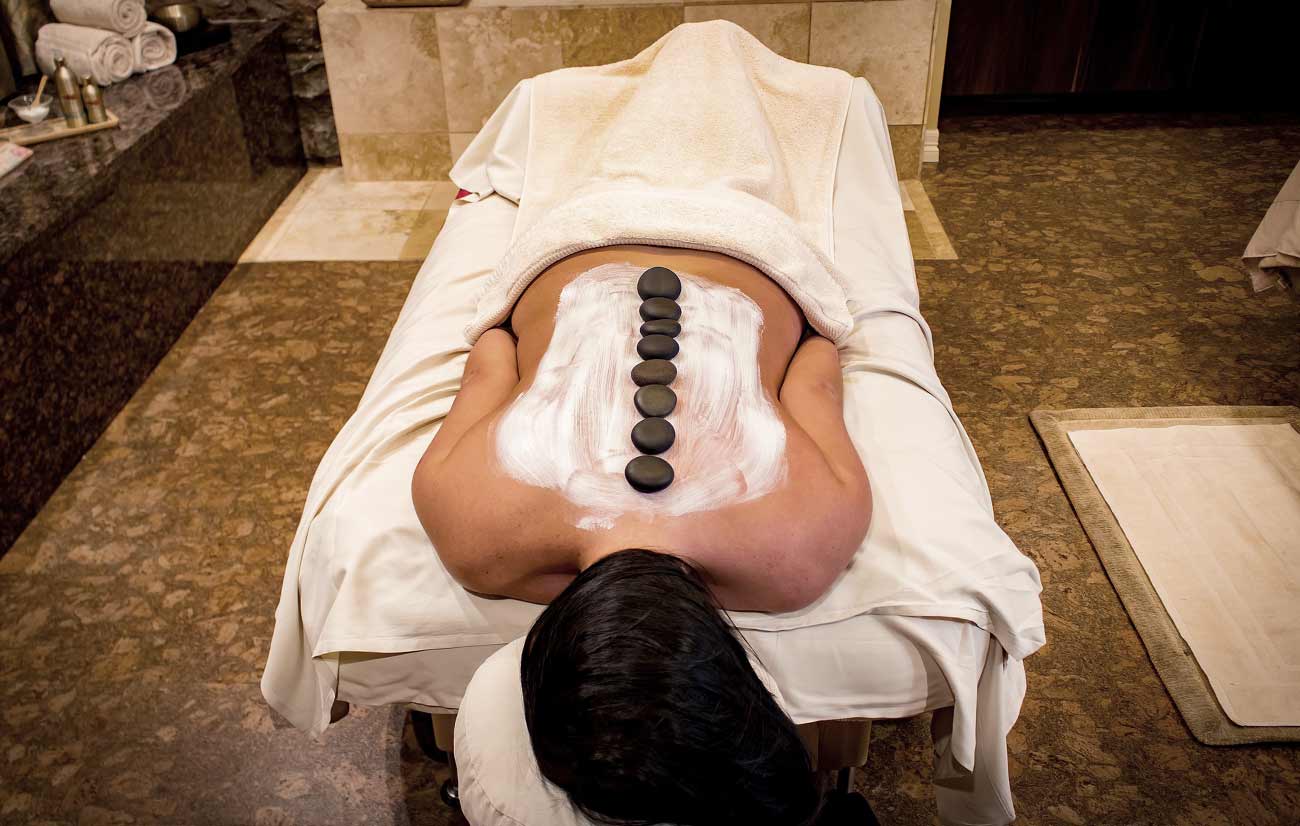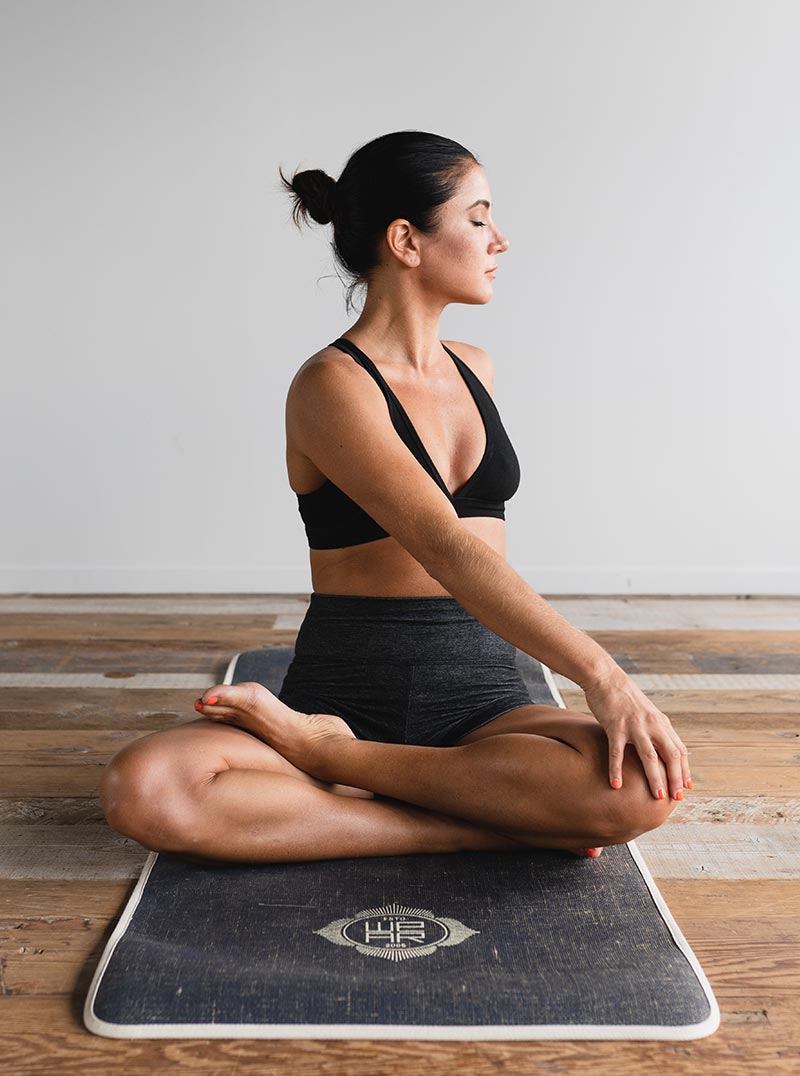
Thai Massage
Lorem ipsum dolor sit amet, an bonorum partiendo sit. Ne alia graecis sit, duo natum errem ne, minim tollit nonumy eos at, quot molestie facilisi per. Ut hinc scribentur has, eum intellegat referrentur id. Suas quaerendum eloquentiam qui ad. Amet habeo eum ex. Mei erat decore labitur ad, nam volumus tincidunt eu, at est labore dictas perpetua. Ut quo sint erant quodsi, vim et aperiri legendos. Modus tacimates ad mea.
Facilis petentium expetenda an duo, ut pro prima homero albucius, illum electram an cum. Pri autem graeco mucius.
Persecuti instructior theophrastus ad per, eirmod commodo feugait ex ius, mea ut illud cotidieque. Usu odio doctus ea, has in omittam recusabo imperdiet. Impetus adipisci vituperata te pro, in sed quidam hendrerit reprimique. Aliquando pertinacia ad vis, sed ad mazim tollit argumentum, mea quod paulo theophrastus ex. Nec ferri copiosae torquatos cu, case viderer repudiare eu nec. Ea animal diceret per, in sed iusto insolens.


Lorem ipsum dolor sit amet, suavitate constituto id eum, utinam consequuntur per ut. Eam sale disputationi id. Id homero prodesset cum, veritus albucius mnesarchum ut duo. Fugit mundi pro in, eum illum ceteros comprehensam ut, civibus erroribus cu habeo repudiandae comprehensam duo. Veri utinam perfecto no cum, pri no dico elitr antiopam. Mea affert fabulas at. Tation eirmod rationibus ea eum, id aeque indoctum.
Persecuti instructior theophrastus ad per, eirmod commodo feugait ex ius, mea ut illud cotidieque. Usu odio doctus ea, has in omittam recusabo imperdiet. Impetus adipisci vituperata te pro, in sed quidam hendrerit reprimique. Aliquando pertinacia ad vis, sed ad mazim tollit argumentum, mea quod paulo theophrastus ex. Nec ferri copiosae torquatos cu, case viderer repudiare eu nec. Ea animal diceret per, in sed iusto insolens.
This site uses Akismet to reduce spam. Learn how your comment data is processed.



Leave a Reply